The G-spot is the ultimate erogenous zone, capable of turning anyone with a vagina into a fully-powered orgasm machine. At least, that’s what we’ve been taught for the past 40 years. The G-spot, widely purported to be located on the front wall of the vagina about one knuckle deep, is a source of pleasure for many — but a source of medical and media controversy, too.
In fact, in 2018, an article was published in the American Journal of Obstetrics and Gynecology that identified “G-spot” as a controversial term that required further research before officially being adopted or rejected. And in 2020, Cosmopolitan, one of the most prolific publishers of G-spot-related content, issued a massive, interactive redaction of their G-spot content.
The fascination with the G-spot has led to the development of surgeries, a massive market for sex toys aimed at engaging it, ongoing arguing within the medical community, and how-to guides. Although the fights over if there is or is not a G-spot might seem petty, they point to a bigger issue: When it comes to the pursuit of sexual pleasure, which matters more: experience or anatomy?
The ongoing conflict has left a lot of people feeling confused and even inadequate, like they aren’t having good enough orgasms (thanks, Freud) if they aren’t vaginal or blended orgasms. Others may feel like they’re being told that their vaginally-induced orgasms aren’t real, because the G-spot isn’t.
So, we’re going to break down everything that we do and don’t know about the G-spot, all while clearing up the messy controversy surrounding it.
A note on gender: Much of the research on orgasm, pleasure, and the G-spot uses gendered language like “female orgasm.” But as a simple rule, remember: Genitals do not equal gender. Having a vagina doesn’t mean that someone identifies as female. I’ve adjusted the language to be more gender-neutral, but if I’m directly quoting a research article, I use the language that the authors used.
The Controversial History of the G-Spot
If you have a thing for head-spinning, rebuttal-cracking dramas, then buckle up: The G-spot controversy is worthy of a primetime spot in a Shondaland line-up. For starters, this controversy isn’t new. People have (probably) been talking about vaginal stimulation, ejaculation, and highly-pleasurable zones basically since people first had sex — Aristotle wrote about it, and it’s also mentioned in the Kamasutra and in some Taoist texts.
Fast forward to the 16th century, Dutch physician Reinier De Graaf described an erogenous (potentially ejaculatory) zone in the vagina that he believed was similar to the prostate. And then in 1950, German gynecologist Ernst Gräfenberg published an article in The International Journal of Sexology called “The Role of the Urethra in Female Orgasm.” He described “the anterior wall of the vagina along the urethra
“Analogous to the male urethra, the female urethra also seems to be surrounded by erectile tissues like the corpora cavernosa. In the course of sexual stimulation, the female urethra begins to enlarge and can be felt easily. It swells out greatly at the end of orgasm. The most stimulating part is located at the posterior urethra, where it arises from the neck of the bladder.”
To be clear, this “article” is actually more of a letter to the medical community. It isn’t peer reviewed and it isn’t based on a specific study. Instead, it’s a group of observations. Gräfenberg doesn’t define this area as a specific anatomical structure — just as an area with erotic potential. This may seem like splitting hairs, but there’s a difference — and the difference is exactly what has sparked so much controversy. Gräfenberg’s observations were pretty much ignored until the 1980s.
Then, in 1981, a group of researchers published an article in The Journal of Sex Research called “Female Ejaculation: A Case Study”, and in this article, they coined the term Gräfenberg Spot (G-Spot), naming it as a unique anatomical part. Some of those same researchers published a book one year later called The G-Spot and Other Recent Discoveries About Human Sexuality, and this is when the term catapults into the mainstream.
Today, the book is still incredibly popular — it’s never gone out of print, has sold more than one million copies, and was republished in 2005. Since the 1980s, we’ve been collectively obsessed with the area of the body commonly known as the G-spot. That obsession isn’t just represented by popular media, it’s also reflected in academic research (and debate). Take these journal article titles for example:
- “The G-spot: A Modern Gynecologic Myth” (American Journal of Obstetrics and Gynecology, 2001)
- “The G-spot–reality or illusion?” (Sexual and Relationship Therapy, 2003)
- “Who’s Afraid of the G-Spot?” (The Journal of Sexual Medicine, 2010)
- “Does the G-spot exist? A review of the current literature” (International Urogynecology Journal, 2012)
- “Is the female G-spot truly a distinct anatomic entity?” (The Journal of Sexual Medicine, 2012)
- “Do we still believe there is a G-spot?” (Current Sexual Health Reports, 2021)
- “G-spot: Fact or Fiction. A Systematic Review” (Sexual Medicine, 2021)
Scientists have dissected human cadavers, used ultrasounds and MRIs, measured blood flow to the genitals, and done countless experiments that wouldn’t meet today’s standards, all with the goal of figuring out if there really is one specific body part that we could call the G-spot.
In 2012 and 2018, a gynecologist named Adam Ostrzenski claimed to have successfully dissected a cadaver and identified the G-spot anatomically. In response, two other doctors wrote a rebuttal (in 2017, they were two of the authors on an article bluntly titled “The ‘G-Spot Is Not a Structure Evident on Macroscopic Anatomic Dissection of the Vaginal Wall.”
At the same time, popular media has been trying to teach people with vaginas how to engage their G-spot, promising that it unlocks an orgasm like you’ve never had before. But here’s the thing: The scientific community still isn’t totally sure what the G-spot is…or if it even exists at all.
Updating Our Understanding of the G-Spot
Today, there is no scientific consensus on what the G-spot actually is and why some people really enjoy stimulation of the front vaginal wall and why others don’t — and if you bring it up in a room of sexuality professionals, you’ll probably hear someone sighing in the background. So, here’s a summary of what we know now:
- Some people with vaginas really enjoy stimulation of the front wall of the vagina.
- Some of those people also experience ejaculation or squirting (either with or without orgasm).
- Other people don’t like stimulation of their front vaginal wall.
- There hasn’t been one single unique body part identified as the G-spot. Some cadaver studies found no unique anatomical structures, and others claim that they did.
- The space between the urethra and the vagina seems to make a difference in someone’s ability to experience vaginal orgasm (a direct correlation was found between having a thicker urethrovaginal space and being able to experience vaginal orgasms).
Recently, many scientists have moved to call the erogenous zone formerly known as the G-spot the cliterourethral complex, or sometimes the cliterourethralvaginal complex. That long word basically means that the clitoris, urethra, and vagina are working together somehow to create sexually pleasurable sensations.
Reframing the G-”spot” to a cliterourethralvaginal complex does one really important thing: It takes the pressure to find one exact spot off of the individual. Instead of saying that you have to successfully check off many different types of orgasms, or that you have to stimulate one very specific area, it says “hey, these parts of your body all work together.
So if you’re having a good time, cool!” So, if you have an orgasm from vaginal stimulation, it’s because the cliterourethralcomplex has been activated. Ditto if you’ve had an orgasm from stimulating your clitoral glans. We still don’t know for sure if some people do have a unique anatomical zone that could be called the G-spot. But in the meantime, focus on activating your whole network of pleasure — because with or without a specific spot, pleasure is still your birthright!
G-spot or Not, Find Your Own Pleasure Zones
Your level of sexual prowess is never determined by your ability to achieve certain types of orgasms. Each of our bodies, desires, and fantasies are unique, and that’s great! So, next time you see an article telling you that you just have to have the “newest type” of orgasm, take the pressure off yourself. Explore your body and pleasure simply for the sake of getting to know yourself better — not to achieve some arbitrary measure of sexual success. And remember, orgasm and pleasure is never just about stimulation technique or area. In “G-spot: Fact or Fiction? A Systematic Review” the authors sum it up nicely:
“Independently of the existence of any specific structure or complex, any attempt to reduce the female orgasm to its mere stimulation will always fall short: several complex factors must be considered, including intimacy, the hormone milieu, previous experiences, cultural and religious beliefs, etc. The brain is undeniably the key player in terms of female orgasm.”
Your sexual pleasure is about your whole sexual self and wellbeing. So, get to know your anatomy. Try out some new techniques or parts of the body just for fun. If you’re having difficulties with orgasm, desire, or something else, talk with your doctor to explore the root cause. Try out toys that strike your fancy. And remember that when it comes to your sexual pleasure, the opinion that matters most is your own. So have fun, and chart your own path – who knows where it will take you! But you’ll know the spot when you get there.

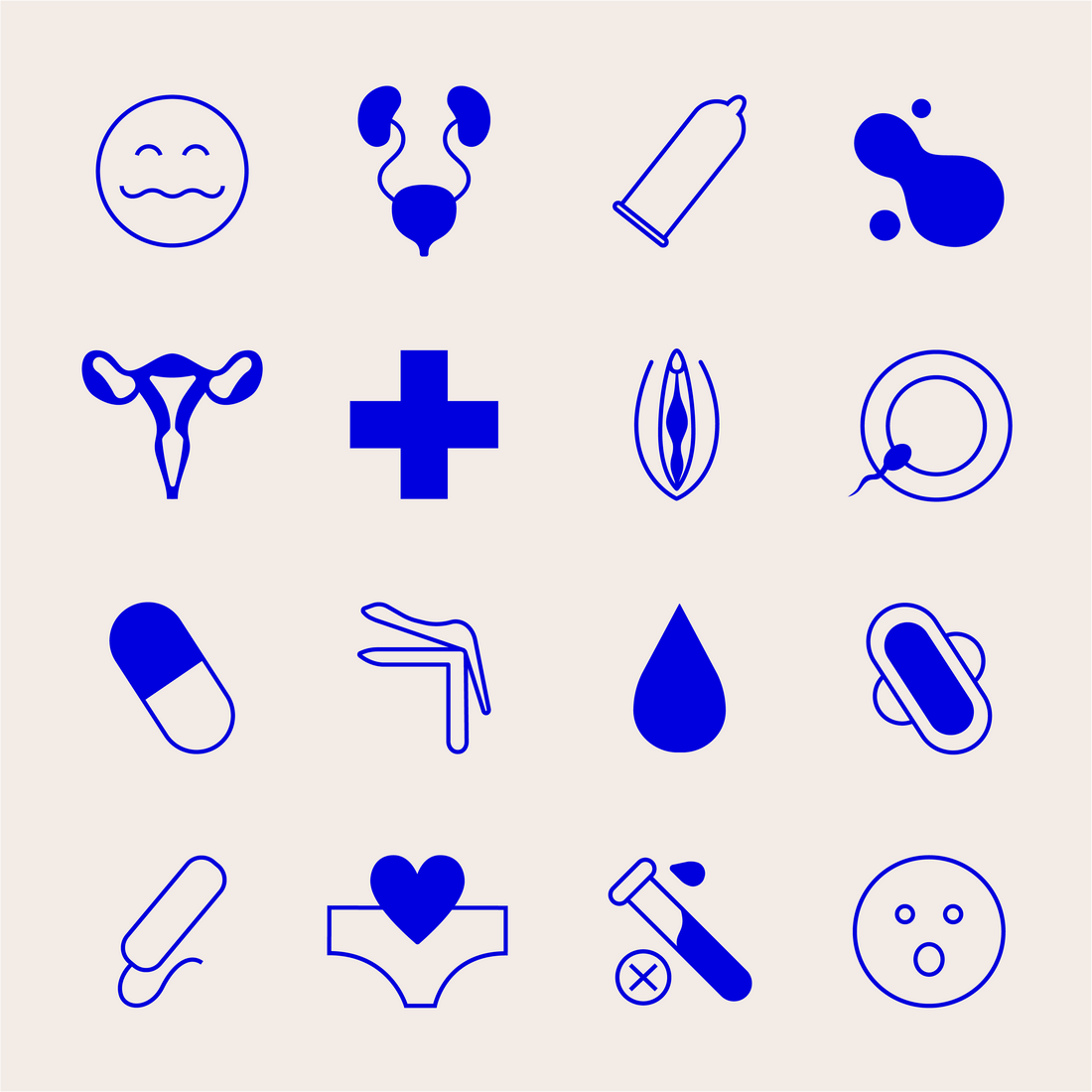
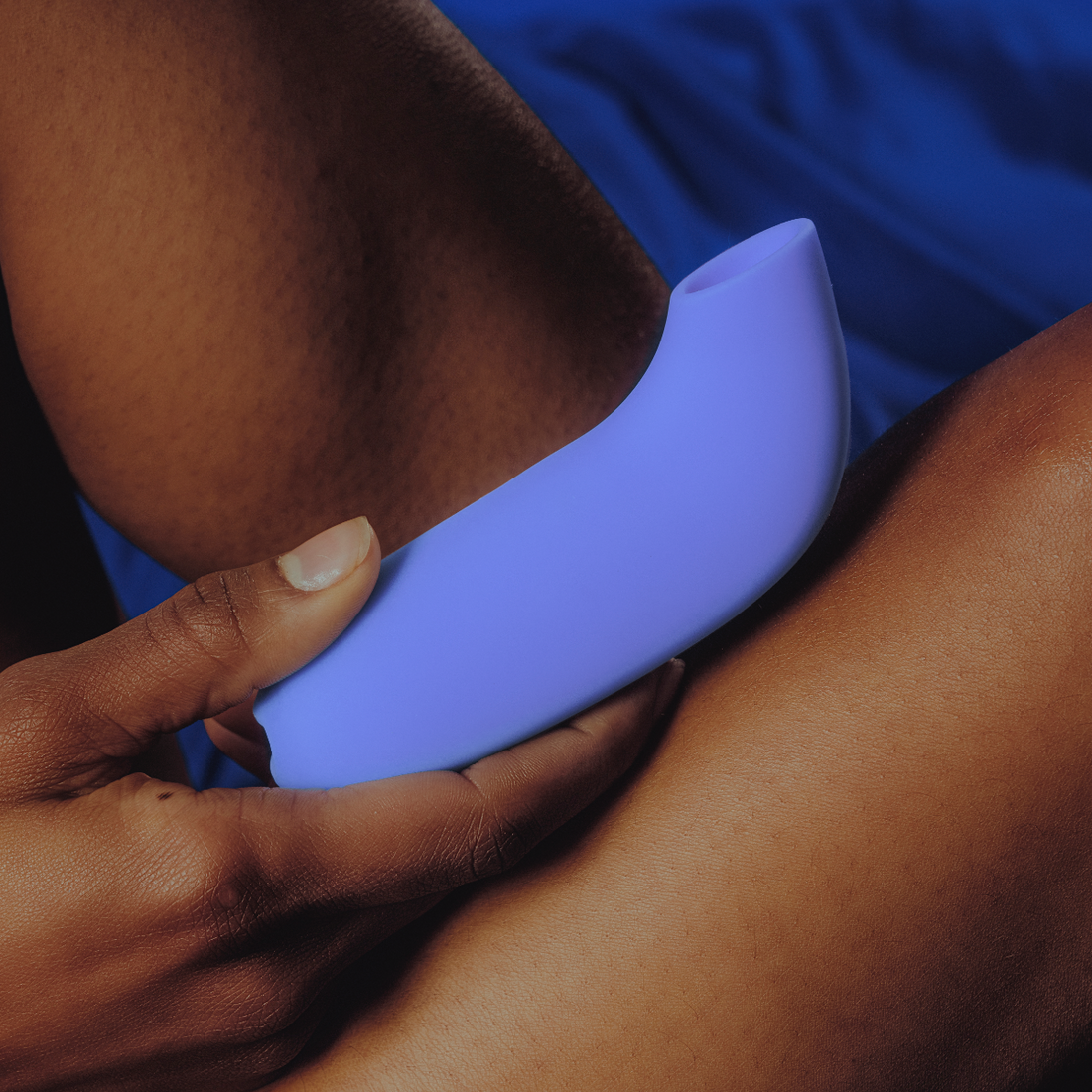









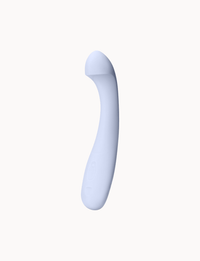

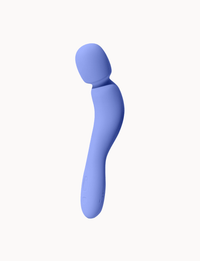














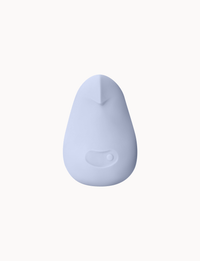
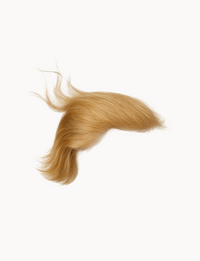



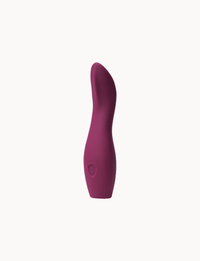












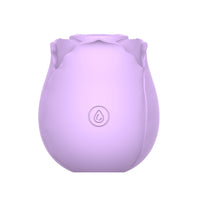





1 comment
Love your content – but can we please use the word women? “Some people with vaginas”